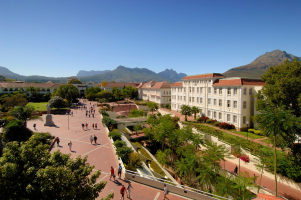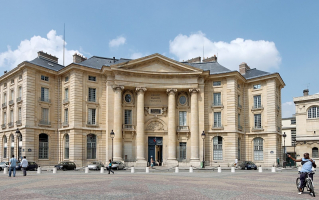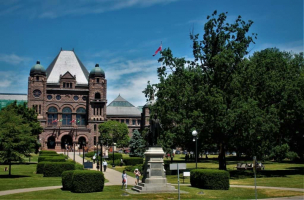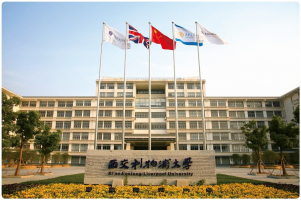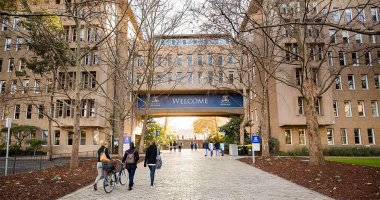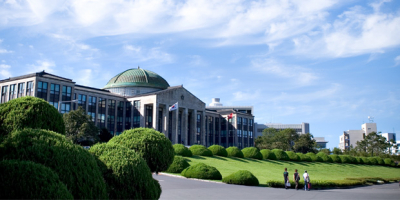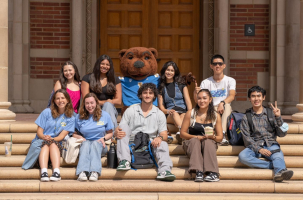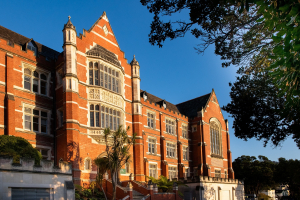Top 10 Best Global Universities in Latin America
Gaining international experience during your university years is an excellent way to broaden your horizons and broaden your understanding of the world. The ... read more...advantages of studying abroad are numerous and invaluable, regardless of the degree, you are pursuing. If you want to study at one of the best universities in Latin America, Toplist will connect you with the best global universities in the region. Let's discover what it’s like to study in different Latin American universities with Toplist.
-
University of São Paulo (USP) is Brazil's oldest university and one of Latin America's most prestigious higher education and research institutions. Its first school, the Law School, was founded in 1827, and the University was founded in 1934 by combining several pre-existing schools. USP is in the state of So Paulo, Brazil's richest and most developed region, with campuses in eight cities: Bauru, Lorena, Piracicaba, Pirassununga, Ribeiro Preto, So Carlos, Santos, and So Paulo.
Its academic structure is divided into 42 schools, six specialized institutes, and four major museums. As a research center, USP has quickly established itself as a leader in a variety of fields, accounting for roughly 20% of all Brazilian academic output. Simultaneously, undergraduate and graduate courses have consistently improved in quality and attracted the best students. As a public university, USP does not charge tuition to its students, and it admits over 11,000 new undergraduate students each year from a pool of over 130,000 applicants. USP has over 90,000 undergraduate and postgraduate students, as well as 5,900 faculty members, with 87 percent of them working full-time.
In 2004, the university founded the Institute of International Relations, with the aim to study global matters in a multidisciplinary environment (law, political science, economy, and history) with Brazilian and international students and professors (International Exchange Program).
Website: https://www5.usp.br
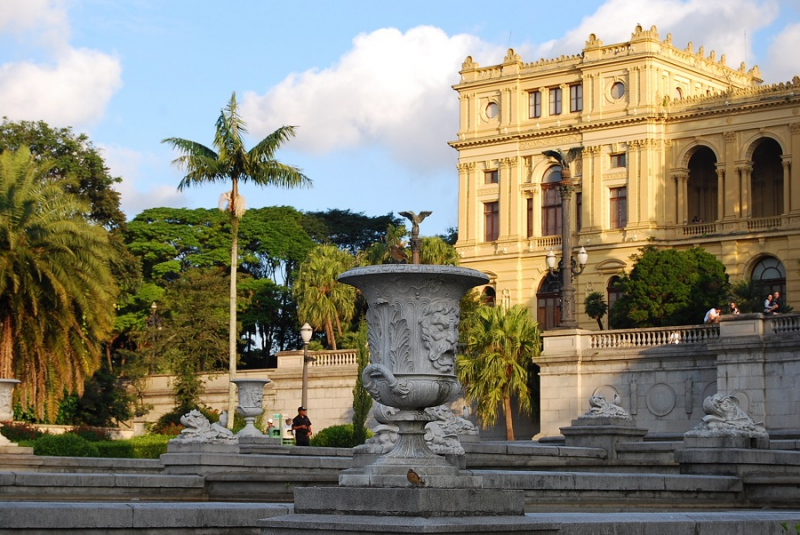
University of São Paulo 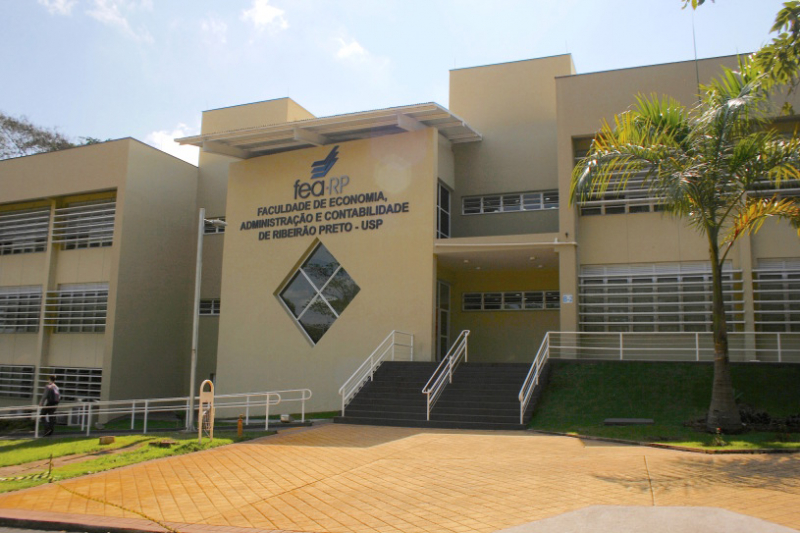
University of São Paulo -
Monsignor Mariano Casanova, Archbishop of Santiago, established the Pontifical Catholic University of Chile on June 21, 1888. His ambition was to establish a school that could combine academic excellence with training based on Christian doctrine. The local and global historical context in which the Church found itself when the University was established inspired the institution to train professionals who lived Christian lives and could renew energies for future generations. Monsignor Joaquin Larran Gandarillas was the first Rector, and the first two faculties were Law, Physical Sciences, and Math.
Regardless of the changes, the University's goal has always been to provide a solid education based on the sciences, arts, humanities, and Catholic morals. As a result, the University seeks to prepare its international students not only technically and scientifically, but also to be open to different human realities and the social and personal responsibilities that come with the full development of a society. Throughout the history of the university, this first aim has been continuously fulfilled.
Two of the world's most prestigious university rankings, the QS World University Rankings (in 2018, 2019, and 2020) and the Times Higher Education University Rankings, have named Pontificia Universidad Católica de Chile the best university in Latin America (2019 and 2020). Home to almost 30,000 students, PUC is huge. If you’re looking for a truly bustling educational setting in one of the most exciting and unique cities in Latin America, PUC should be your top choice!
Website: https://www.uc.cl/en
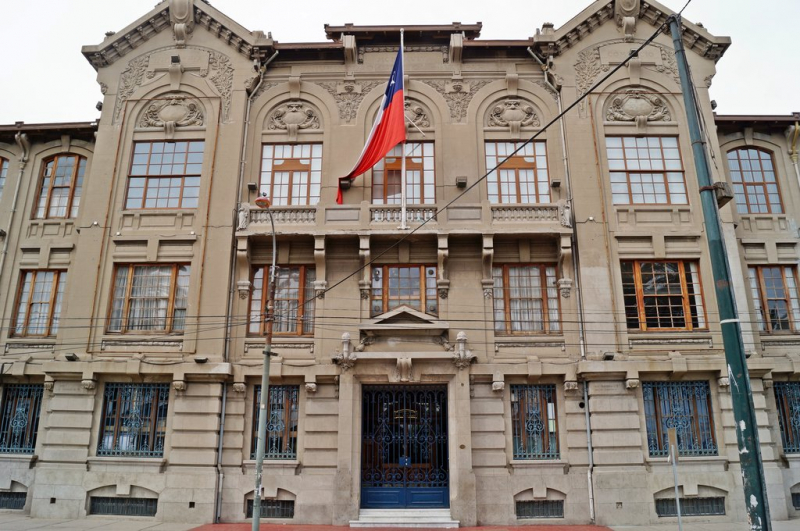
Pontifical Catholic University of Chile 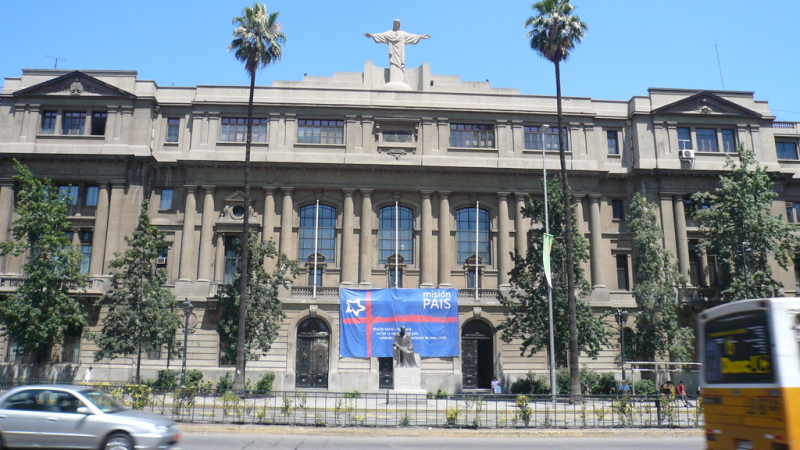
Pontifical Catholic University of Chile -
The University of Buenos Aires, one of Argentina's top universities, is ranked as one of the best places in South America to study abroad. It is the largest university in Argentina, with over 300,000 undergraduate students, and the second largest university in Latin America. With such a large student body and such a stellar reputation, you're sure to find exactly what you're looking for here!
The most significant advantage is that this university is free for all students, including international students! Obviously, if you come through a study abroad program, you will have to pay the program's fees, but students who matriculate directly into the university typically do not have to pay much money. It's a great deal to go to college in South America!
Many international students are drawn to the university because of its academic strength and regional leadership, particularly at the postgraduate level. Foreign students make up slightly more than 4% of undergraduates, while foreign students make up 15% of postgraduate students. According to its reputation as a "top business school with significant international influence", the Faculty of Economic Sciences has the highest rate of international postgraduate students at 30%.
Website: https://uba.ar
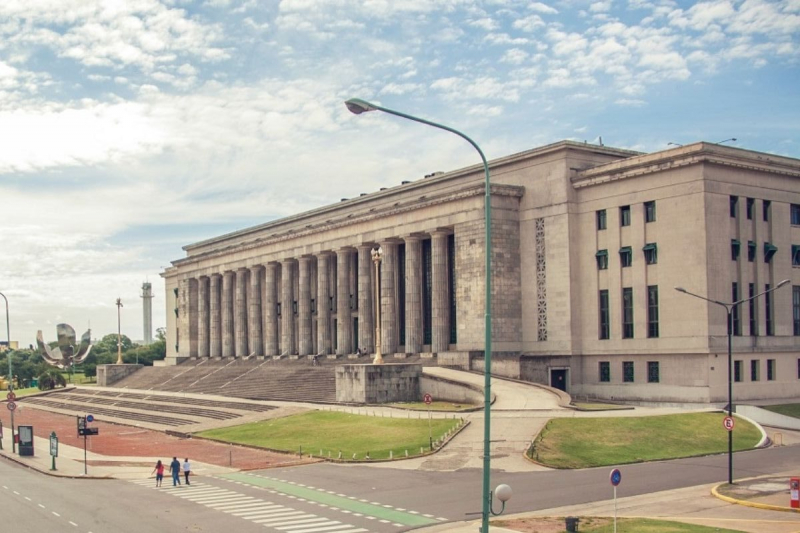
University of Buenos Aires 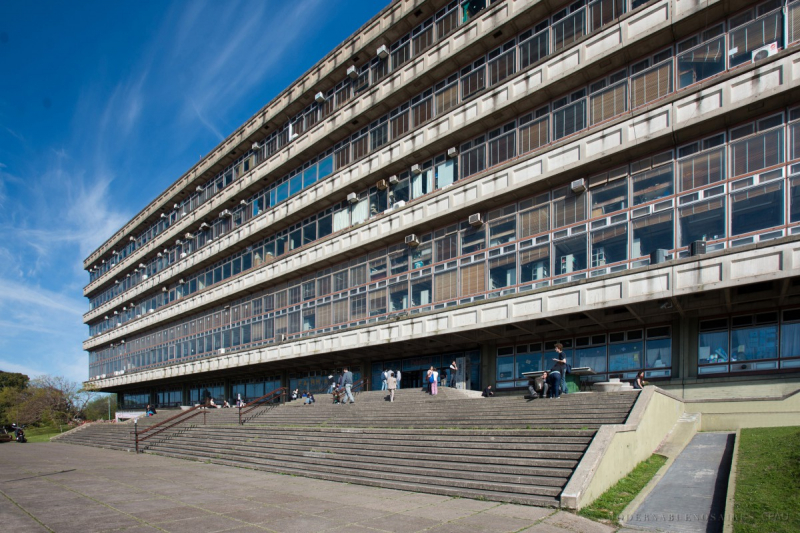
University of Buenos Aires -
The Fundaçao Armando Alvares Penteado (FAAP), one of the most respected and important universities in Brazil, was founded in 1947 and is located in one of So Paolo's most "traditional" neighborhoods. The school has seven different colleges in which international students can enroll, so there are plenty of options for any type of student!
FAAP is more than just a world-class university; it is also a vital cultural center for the city. It houses the Teatro FAAP, one of the city's best theaters, as well as the Museum of Brazilian Art. FAAP also hosts lectures by notable speakers such as Bill Clinton, George H. W. Bush, and Queen Silvia of Sweden. There are worse things you could do with your time than take a class from royalty!
With 12,000 students and 1200 professors, it is one of the most prestigious and respected academic institutions in Brazil. The campus is located in Higienópolis, one of So Paulo's most traditional neighborhoods, and houses seven faculties: Business Administration, Fine Arts, Communication, Engineering, Economics, Law, and Technology, as well as post-graduate courses and an MBA.
Website: https://www.faap.br
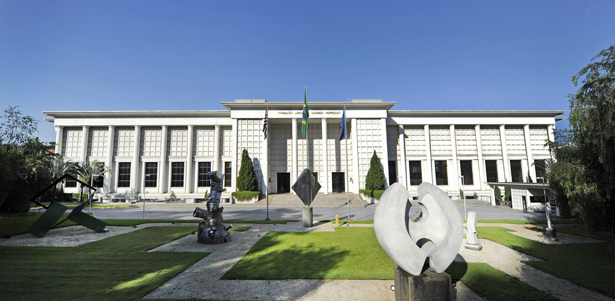
Fundação Armando Alvares Penteado 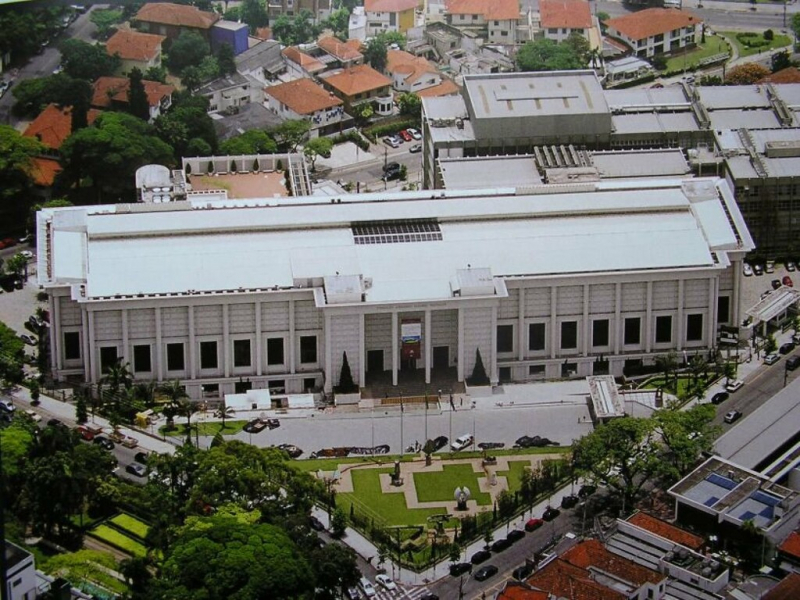
Fundação Armando Alvares Penteado -
Universidad Veritas, located in vibrant San Jose, was founded in 1968 and specializes in art, design, architecture, photography, digital animation, and fashion design programs. UV began as a branch of the Universidad Autónoma de Centroamérica, Costa Rica's first private university, but it is now an independent private university with some of the best art programs in the country.
One of the great things about UV is that it has a Center for International Programs where international students can study Spanish and other core subjects. You can take classes in either Spanish or English, so you can enroll even if you are a beginner Spanish speaker!
UV is on the smaller side of this list, with approximately 1,850 Costa Rican students and 320 international students. This is great if you want a more intimate experience where you can really connect with locals, but if you want a big university feel, you should look into larger university options.
Website: https://www.veritas.cr
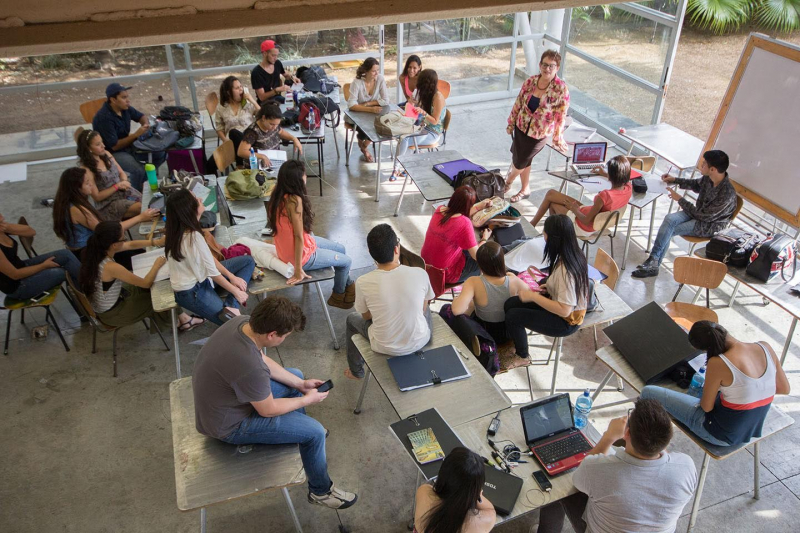
Universidad Veritas 
Universidad Veritas -
The Pontifical Catholic University of Peru, founded in 1917 in Lima, was Peru's first non-profit private university and is one of the best places to study abroad in South America. PUCP, which is ranked first or second in the country, has a sprawling campus dotted with lush gardens, cosmopolitan buildings, and even archaeological dig sites.
Because PUCP places a strong emphasis on community-based learning, international students will undoubtedly benefit greatly from these opportunities to immerse themselves in Peruvian culture. There is no better way to learn about your host city than to get involved in the local community!
The Pontifical Catholic University of Peru, along with the National University of San Marcos and the Cayetano Heredia University, is one of only three Peruvian universities to have ranked first nationally in various editions of major international universities rankings.
Website: https://www.pucp.edu.pe/en
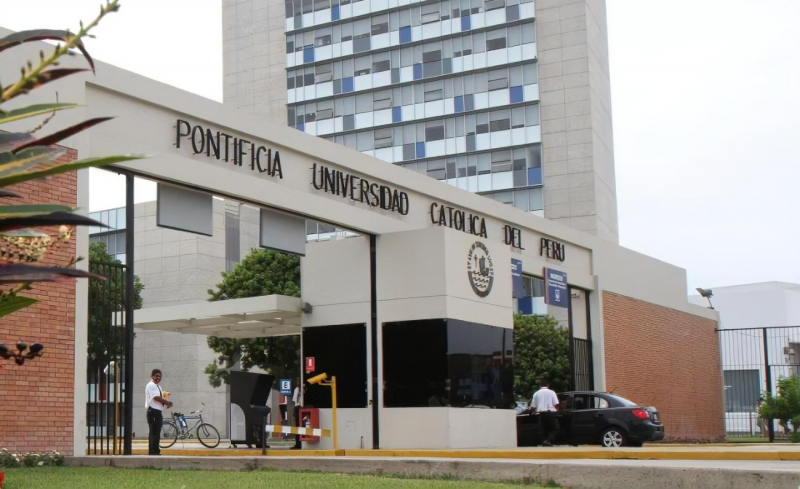
Pontificia Universidad Católica del Perú 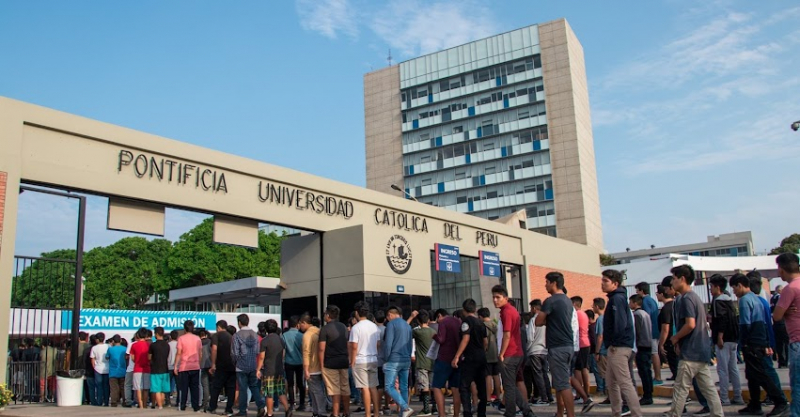
Pontificia Universidad Católica del Perú -
The Universidad San Francisco de Quito (USFQ), a highly ranked private university in Ecuador's capital, was the country's first private self-financed university and the Andean region's first liberal arts university. If you're looking for a diverse student body during your time abroad, USFQ has done an excellent job of mixing things up with over 1,000 international students and 100 indigenous students out of a total student body of 5,500. You will undoubtedly meet people from all walks of life!
The main campus of USFQ is located in Cumbayá, outside of Quito (capital city of Ecuador), where students use a library, education and research laboratories, classrooms, and seven restaurants. USFQ is one of only a few universities in the world with a campus on the Galapagos Islands. Before enrolling at USFQ, keep in mind that Quito is the world's second highest-elevated capital city. International students who come here must be prepared to live and study in the Andean foothills. What a way to advance your education!
Website: https://www.usfq.edu.ec/en
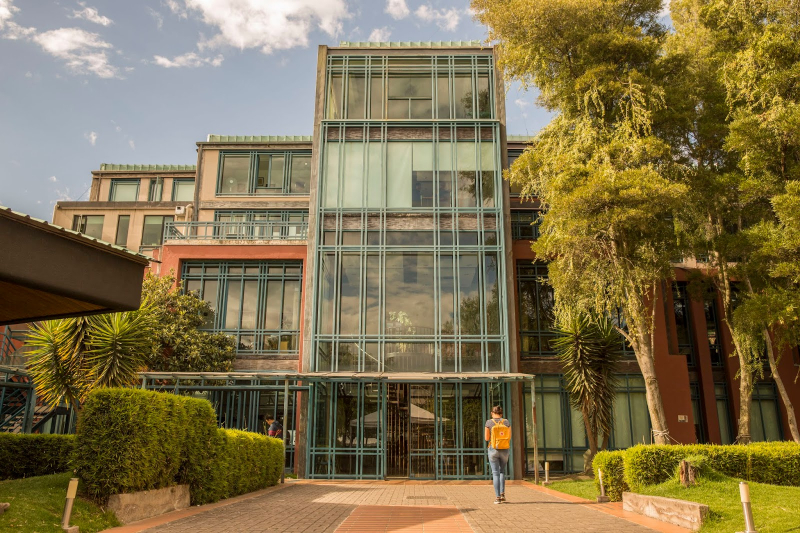
Universidad San Francisco de Quito 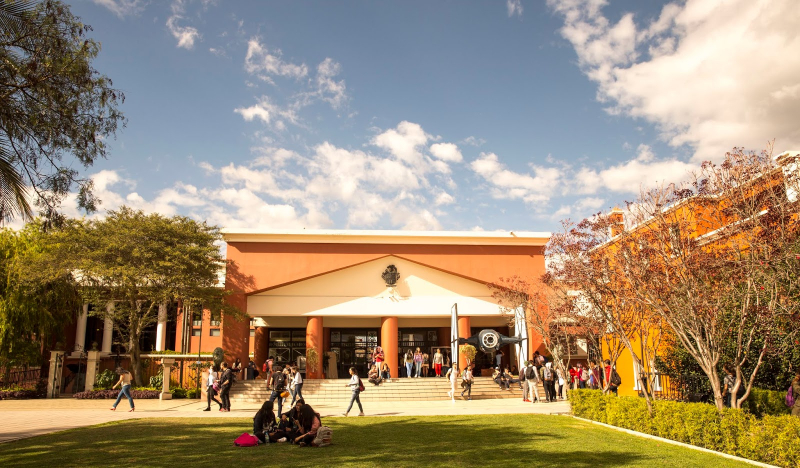
Universidad San Francisco de Quito -
The University of Havana (UH) is a university in Havana, the capital of the Republic of Cuba, located in the Vedado district. The university, which was founded on January 5, 1728, is the oldest in Cuba and one of the first in the Americas (the oldest, National University of San Marcos, was founded in Lima in 1551). Founded as a religious institution, the University of Havana now has 15 faculties (colleges) on its Havana campus as well as distance learning centers throughout Cuba.
Cuba's most prestigious university has over 25 majors, 17 academic departments, and 14 research centers in economics, sciences, social sciences, and humanities. Cuba is clearly coming out of a rough patch. It is a beautiful country with a lot to offer visitors, but it is not without its problems. Students who choose the University of Havana must be aware of the consequences of its history, such as a lack of student clubs and organizations to prevent student uprisings. Studying here will undoubtedly be beneficial!
Website: www.uh.cu
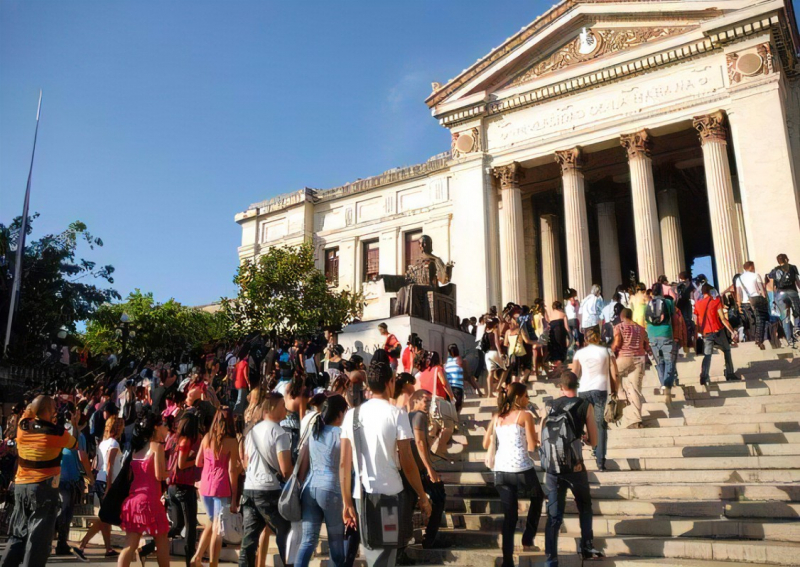
University of Havana 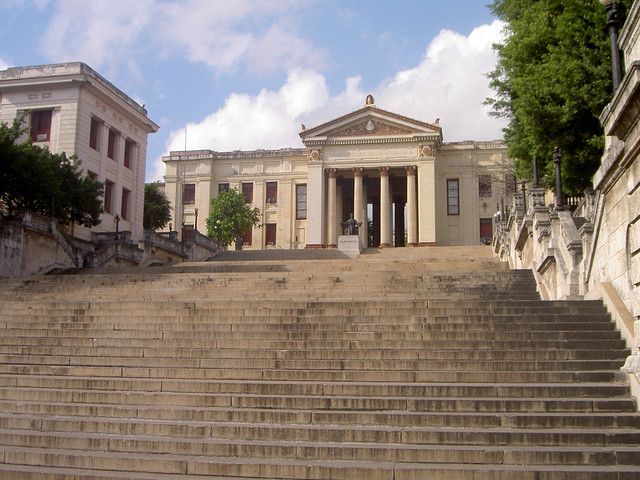
University of Havana -
The Federal University of Rio de Janeiro, also known as the University of Brazil, is a public research university in the Brazilian state of Rio de Janeiro. It is the country's largest federal university and one of Brazil's centers of excellence in teaching and research. It is recognized nationally and internationally in terms of scientific, artistic, and cultural productions due to great professors, researchers, reviews, and assessments made by international agencies.
The university is primarily located in Rio de Janeiro, with satellite campuses in ten other cities. Its main campuses are the historic "Praia Vermelha" (Red Beach) campus and the newer "Cidade Universitária", which houses the "Parque Tecnológico do Rio" (Technology Park of Rio), a science, technology, and innovation development cluster.
The early 1950s saw the institutionalization of research at the university, which resulted in the establishment of research institutes, full-time academic staff, highly specialized professor training, and partnerships with national and international funding agencies.
Website: https://ufrj.br/en
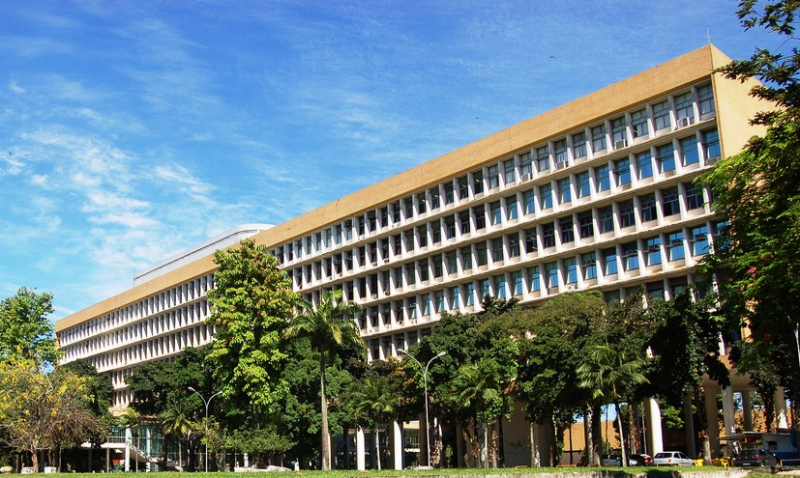
Federal University of Rio de Janeiro 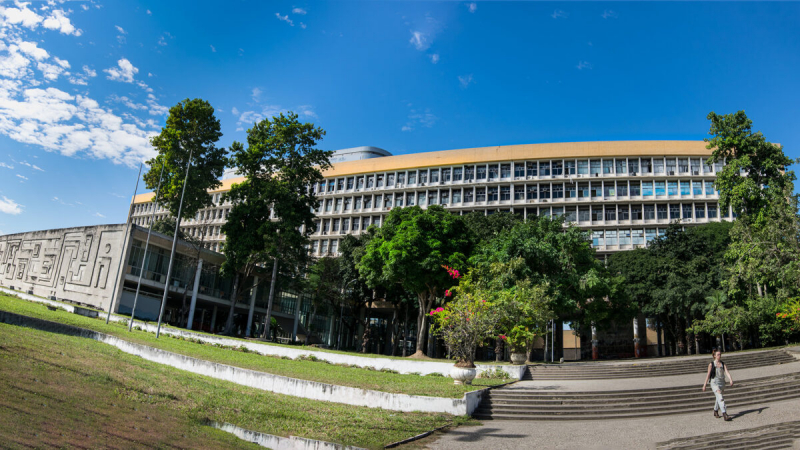
Federal University of Rio de Janeiro -
The University of Chile is a public research university located in Santiago, Chile. It was established on November 19, 1842, and dedicated on September 17, 1843. It is the country's oldest and most prestigious university. It was founded in 1738 as a continuation of the former colonial Royal University of San Felipe, and it has a long history of academic, scientific, and social outreach.
The university seeks to address national and regional issues while also contributing to Chile's development. It is regarded as one of Latin America's best universities due to its leadership and innovation in science, technology, social sciences, and the arts through the functions of creation, extension, teaching, and research.
Its five campuses cover more than 3.1 square kilometers (1.2 square miles) and include research buildings, health care facilities, museums, theaters, observatories, and sports infrastructure. The university has over 40,000 undergraduate and graduate students and offers more than 60 bachelor's and professional degrees, 38 doctoral programs, and 116 master's programs. Another study that highlights this institution's performance is the Ranking Web of Universities (Webometrics), which measures the presence and impact on the web of over 11,000 universities and ranks this college first in the country, sixth in Latin America, and 371 globally.
Website: https://www.uchile.cl/english
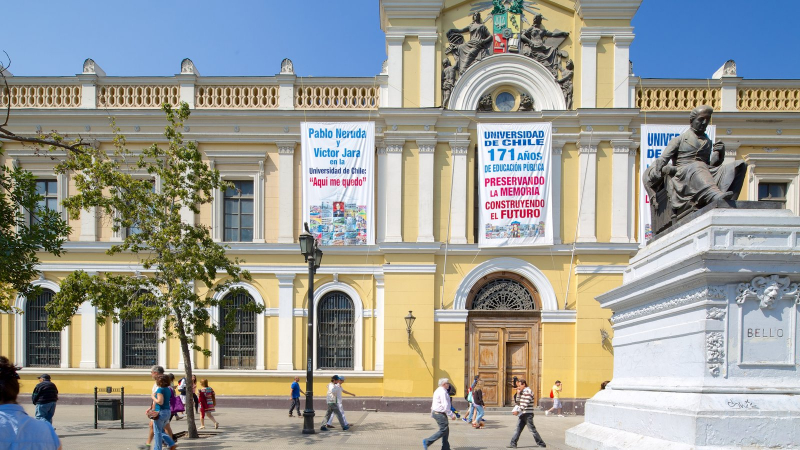
University of Chile 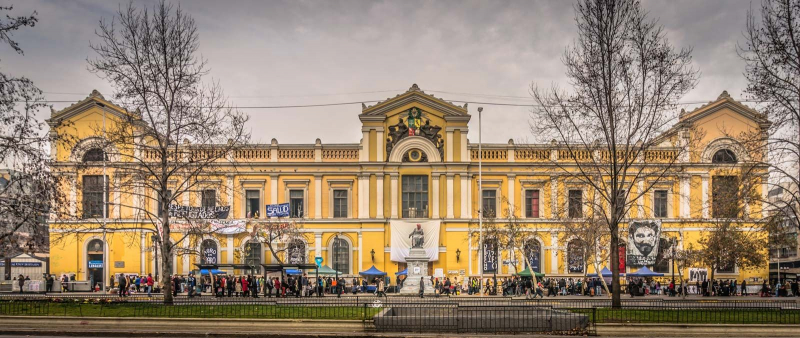
University of Chile












